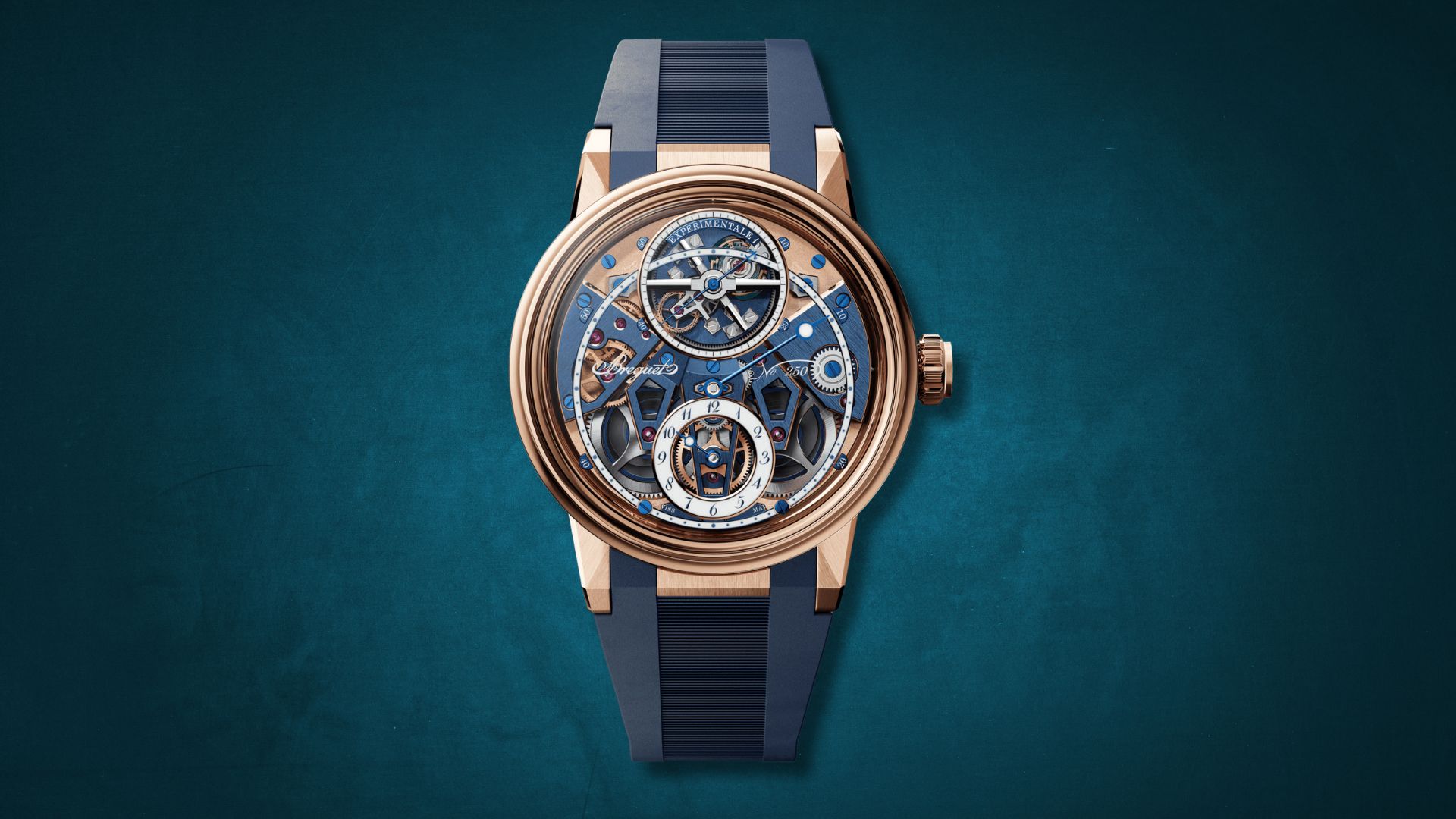All about the New Omega Speedmaster Dark Side of the Moon Apollo 8


As all watch enthusiasts would know, Omega timepieces share a special relationship with space exploration, particularly with NASA and the Apollo missions to the moon. For instance, the Omega Speedmaster Professional, commonly known as the Moonwatch, is the only watch to be certified by NASA for use by astronauts on space missions.
Boasting a rich history, the Omega Speedmaster rose to fame during the Apollo 11 mission in 1969 when Buzz Aldrin wore his Speedmaster while walking on the lunar surface. Neil Armstrong left his Speedmaster inside the lunar module as a backup timer. Carrying forward the legacy, Omega has now introduced a new member of its Dark Side of the Moon collection ― an update of an existing model.
So, here’s what you need to know about the new Omega Speedmaster Dark Side of the Moon Apollo 8.
Omega’s New Speedmaster Dark Side of the Moon Apollo 8
.jpg)
The words, “Dark Side of the Moon”, primarily refer to three things. First, and obviously, these imply the far side of the moon that is never visible from Earth. Second, it’s the title of the eighth studio album by English rock band Pink Floyd. Last but certainly not least, relevant to the topic at hand, these words refer to a collection of Speedmaster watches from Omega. In 1968, history was made when Apollo 8 became the first human flight to ever orbit the moon. Aboard that pioneering mission, each astronaut was equipped with a Speedmaster ― a tool that was relied upon throughout NASA’s lunar campaign.
.jpg)
Now, let's look at the new Omega Dark Side of the Moon (Ref. 310.92.44.50.01.001) watch in more detail. For this year, the brand has presented an updated version of the famed Speedmaster Dark Side of the Moon Apollo 8 model, but it has maintained the core identity of the timepiece, which now gets a 44.25 mm black ceramic case and a white tachymeter scale with Super-LumiNova.
.jpg)
The polished black ceramic surface of the bezel is now home to a fully white, non-luminous scale, made from Grand Feu enamel. Black ceramic can also be found on the two chronograph pushers at 2 o’clock and 4 o’clock, and the Omega logo on the crown at 3 o’clock, which once used to be luminous and is now made of white enamel. What doesn’t change is the use of a box-shaped sapphire crystal to protect the dial. The black dial-side represents our view of the lunar surface, as seen from Earth, and the lunar surface has been created by a laser ablating process. This gives the dial a much higher resolution and greater precision when viewing the craters and reliefs, compared with the previous edition.
.jpg)
The black colour scheme with yellow accents is still present on the dial. The main new element is the small seconds hand at 9 o’clock that is shaped like NASA’s Saturn V rocket; it is made of grade 5 titanium, undergoing laser turning, while the colours are achieved with white varnish, ablation, and laser blackening. The central chronograph second hand is varnished yellow, along with the 30-minute marker at 3 o’clock, the 12-hour counter at 6 o’clock, and the minute track on the outer periphery of the dial.

The luminous hour markers have been faceted to match the curvature of the hands. The Omega and Speedmaster logos are in white and yellow lacquer respectively. Inside the case is a new movement, Calibre 3869, a manual-winding movement that has achieved the Co-Axial Master Chronometer standard; it offers a power reserve of 50 hours. The movement is approved by METAS and is resistant to magnetic fields.
.jpg)
On the black ceramic caseback, a series of engravings has been inscribed, including “WE’LL SEE YOU ON THE OTHER SIDE” ― the final words spoken to ground control by Command Module Pilot Jim Lovell, just before the Apollo 8 mission disappeared to the far side of the Moon, and out of radio contact, for the very first time. The caseback also has the engraving of “Dark Side Of The Moon APOLLO 8, Dec 1968”. The movement as viewed from the caseback has the moon relief textured and blackened on the main plate and bridges; it has greater lunar detail, compared with the previous Calibre 1869, thanks to defined laser engraving and contrasting surfaces. Also visible are nickel-coated wheels and dark grey gold-coated balance wheel with free-sprung balance with silicon balance spring. Finishing the watch is a black‑yellow rubber strap with a ceramic foldover clasp.



















